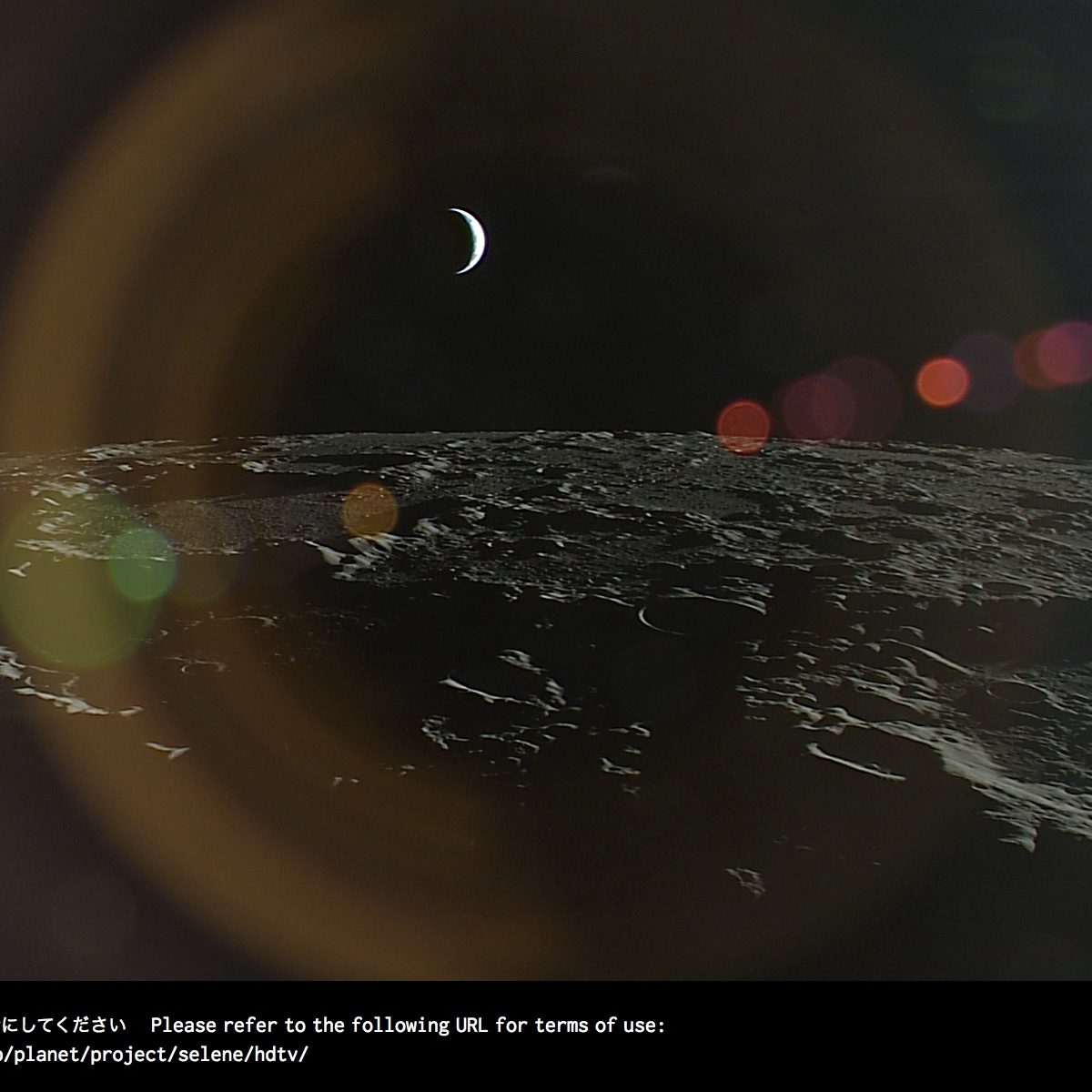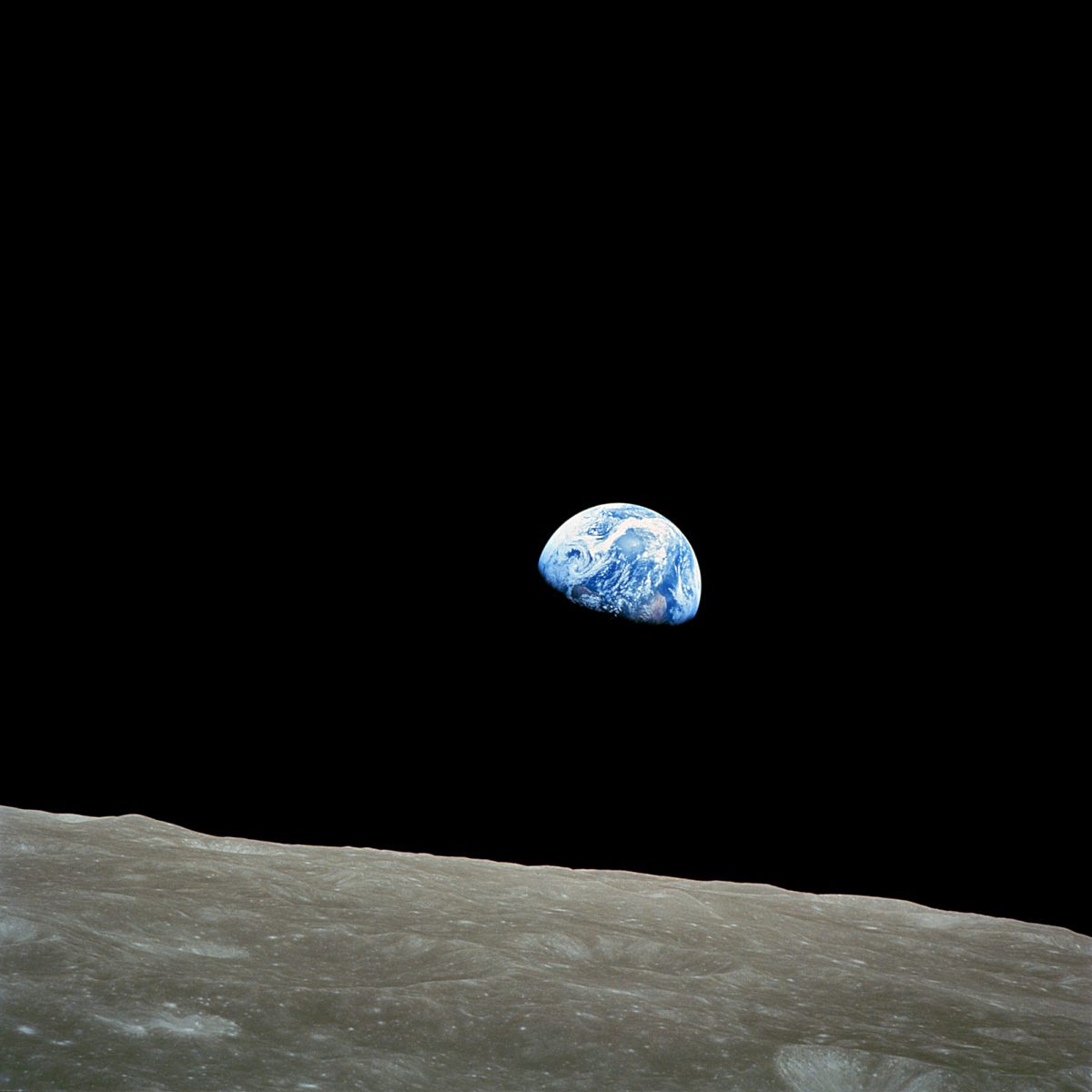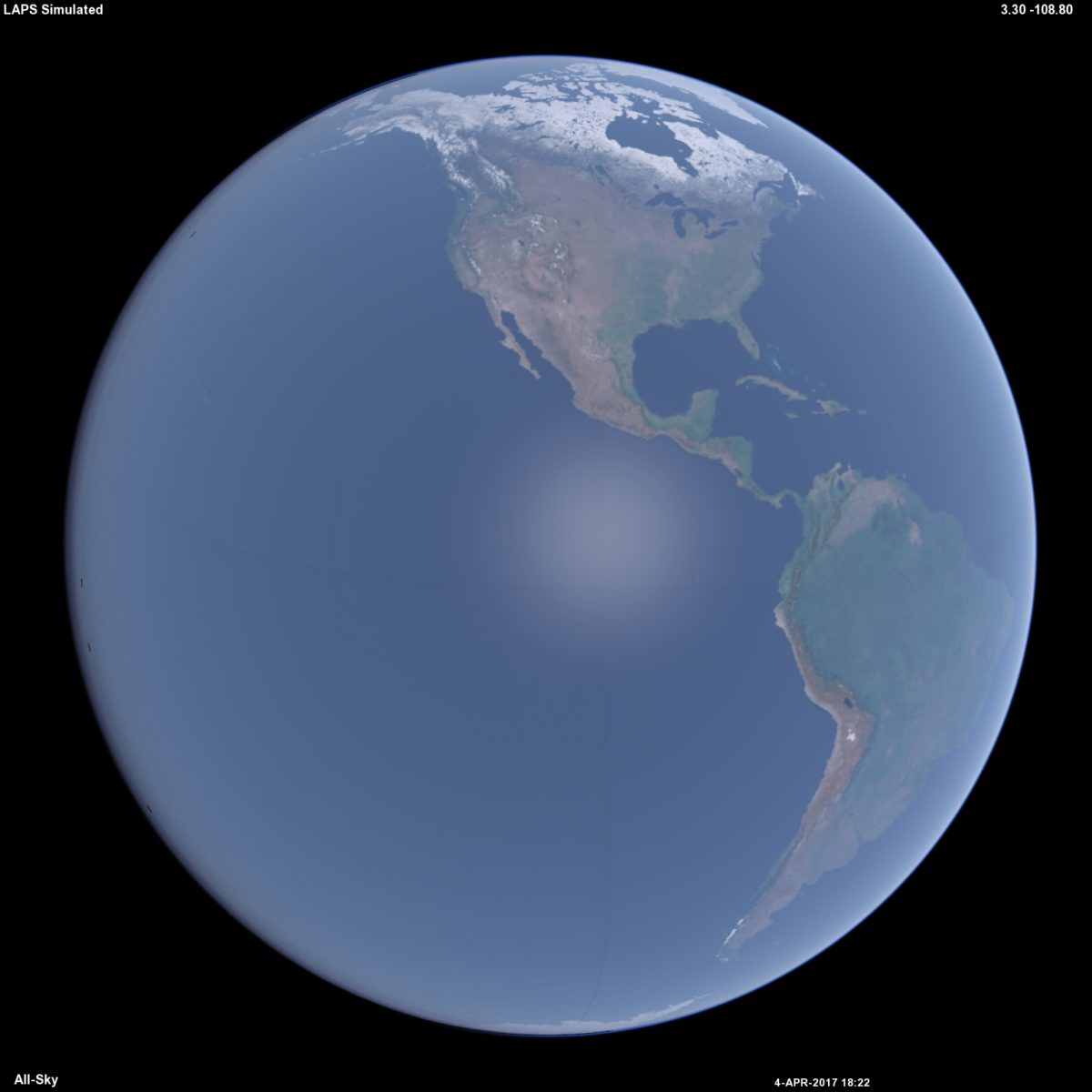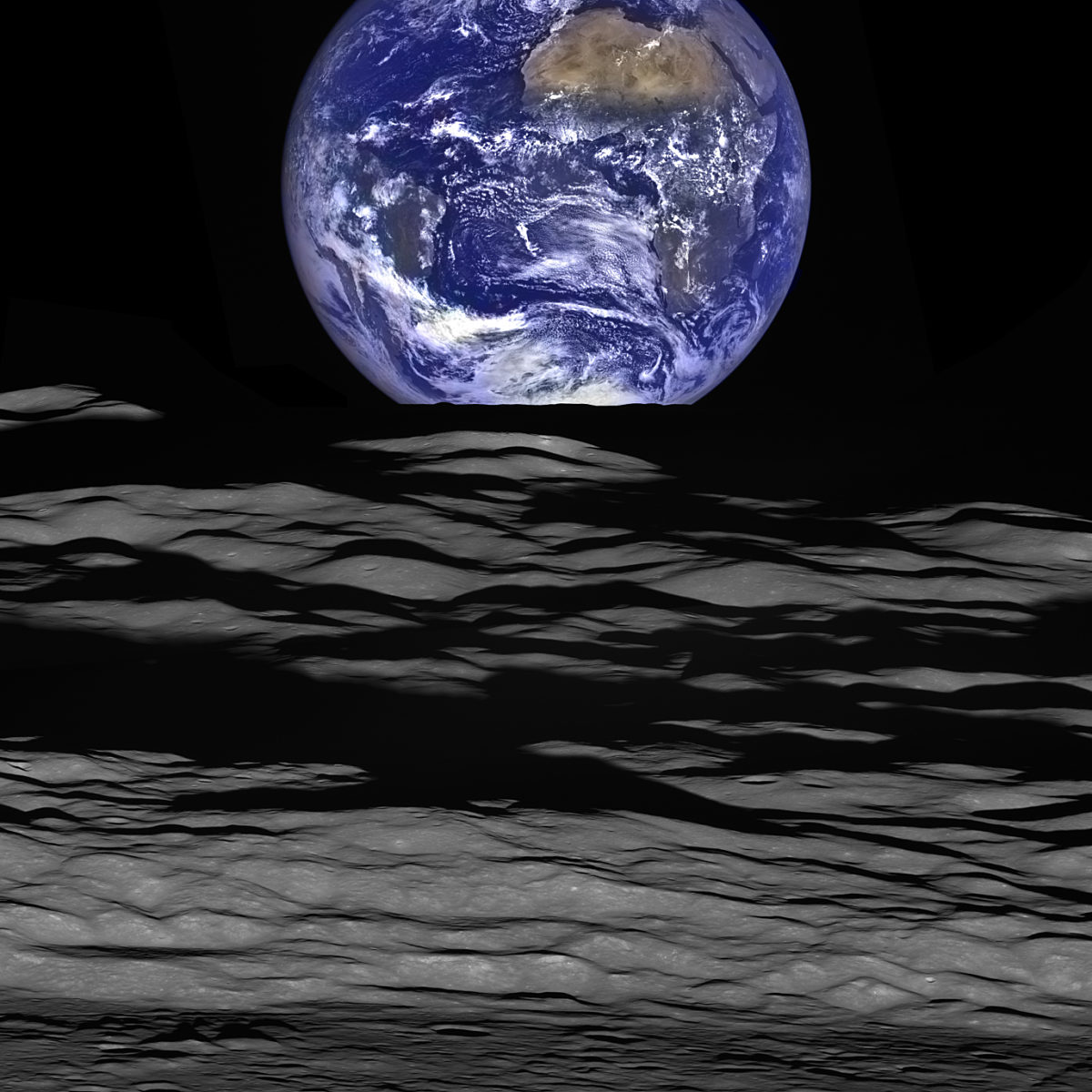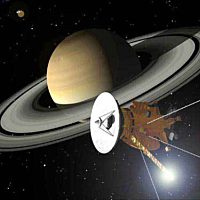All
All
Stories, updates, insights, and original analysis from The Planetary Society.
Radar in Earth and Planetary Science: An Intro
Heather Hunter explains how radar works and what it's used for on Earth and beyond.
Microbes exist deep inside Earth’s craters. Could this be the secret to finding life on other worlds?
Earth possesses amazing biological diversity. Every corner of this planet—no matter how bizarre the place—is inhabited by microorganisms. This includes impact craters.
GOES-R: What’s Next?
After a series of maneuvers in-orbit, GOES-R—now known as GOES-16—has reached its designated location in space. What happens next?
GOES-R: A GOES Primer
The current GOES-East and GOES-West have been faithfully providing continuous imagery and data on Earth and space weather for almost a decade. So, with the launch of the first of the next generation of GOES satellites, GOES-R, what is NOAA trying to accomplish?
A week in the solar system
A roundup of pretty pictures and news from our robotic ambassadors around the solar system, from November 4 through 8.
New Gems from the Moon
More than seven years after the end of its mission, JAXA has released the entire data set from Kaguya's HDTV cameras.
Gullies on Mars: Wet or Dry (Ice)?
Martian gullies were in the spotlight last week thanks to a NASA press release stating they were
Whither the Weather? A Jet Stream Explainer
Jet streams are found in planetary atmospheres throughout our solar system. But what exactly are they?
Space Exploration: Leaving the Earth to Understand It
Looking back at Earth from beyond helps to give perspective on our place in the cosmos.
State of NASA Earth Observation
Anna Scott gets us up to speed on NASA's Earth-observing missions nearly 60 years into the satellite age.
The what-o-sphere? An explainer
Why do we need to slice up atmospheres into classifications like the troposphere, stratosphere, mesosphere, and thermosphere?
Atmospheric Waves Awareness: An Explainer
There are two types of atmospheric waves that are critically important on Earth and other planets: gravity waves and planetary waves.
Synthesizing DSCOVR-like Images Using Atmospheric and Geophysical Data
Why does our planet look the way it does from space? How does light interacting with land, clouds, water, snow, ice, gases, and various aerosols all come together? One way to learn the answer is to try and synthesize DSCOVR's view from various
UPDATED: ESA activates a new old space camera
Inspired by the Mars Webcam on Mars Express, ESA's Cluster mission has turned on a camera on the Cluster spacecraft for the first time since their launch more than 15 years ago. UPDATE: It has now acquired images of Earth.
Two epic photos of Earth -- but which one is truer?
Two images of Earth taken from different spacecraft at the same time illustrate differences in
December solstice: Viewing Earth's seasonal shifts from space
It's fun to watch the seasons shift from space, and as of this year we have new ways to do that.
Hayabusa2 views Earth and the Moon on approach to December 3 flyby
I just love photos of Earth from planetary missions -- especially if they manage to get Earth and Moon in the same shot, as Hayabusa2 did on November 26.
Two JAXA mission updates: Akatsuki Venus orbit entry and PROCYON Earth flyby coming up!
Akatsuki is finally approaching its second attempt to enter Venus orbit, on December 7; let's all wish JAXA the best of luck! And PROCYON, whose ion engines have failed, is still an otherwise perfectly functional spacecraft that is taking photos of Earth and the Moon as it approaches for a flyby.
A Day in the Solar System: 28 October 2015
On October 28th, the Cassini spacecraft flew through the geyser plume of Saturn's moon Enceladus. But Cassini was not the only spacecraft operating in the solar system that day.
A Roundup of Dust Devil Research
Planetary scientist Ralph Lorenz briefs us on the current state of our knowledge on dust devils on Earth and Mars.


 Explore Worlds
Explore Worlds Find Life
Find Life Defend Earth
Defend Earth


 Sun
Sun Mercury
Mercury Venus
Venus Earth
Earth Mars
Mars Jupiter
Jupiter Saturn
Saturn Uranus
Uranus Neptune
Neptune Small Bodies
Small Bodies



